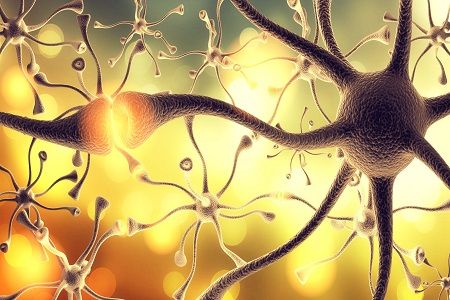Alemtuzumab Improves RRMS Activity Over 6 Years, Study Says
The study was a continuation of a 2-year alemtuzumab study versus interferon.

Remitting-relapsing multiple sclerosis (RRMS) patients with highly active disease (HAD) can find durable treatment from disease activity and lesions over long-term dosage of alemtuzumab, according to a study.
The study, “Durable Efficacy of Alemtuzumab on MRI Disease Activity Over 6 Years in Treatment-Naïve RRMS Patients With Highly Active Disease,” was made available at the 2017 Consortium of Multiple Sclerosis Centers (CMSC) this week. It observed 104 RRMS patients with HAD, in an extension from the CARE-MS phase I trial.
over 2 annual courses. The first course of alemtuzumab consisted of 12 mg per day for five days. A year later, patients received an additional course for three days. Alemtuzumab retreatment for relapse of MRI activity, or another disease-modifying therapy (DMT) was administered as-needed, per investigator’s discretion.
Patients received 12 mg of alemtuzumab (LEMTRADA)
Patients’ HAD was defined as 2 more relapses and one or more gadolinium (Gd)-enhancing lesion in the year before randomization.
The study, led by Anthony Traboulsee, MD, research chair of the MS Society of Canada at the University of British Columbia, follows an extension study to CARE-MS which showed a durable efficacy on clinical and MRI over 5 years in CARE-MS patients who did not continue the previous trial’s treatment.
The CARE-MS phase I trial showed RRMS patients with HAD who were treatment-naive at baseline showed a significant reduction in disease activity with alemtuzumab versus Interferon Beta-1a treatment over 2 years.
Traboulsee and his team reported a majority of patients annually reporting to be free of Gd-enhancing lesions after each successive extension year. From years 3-6, at least 83% of the trial alemtuzumab patients reported a lesion-free year.
Though less than the population reporting no lesions annually, a majority of extension trial patients also reporting no MRI disease activity every year. From years 3-6, 62-69% of the alemtuzumab patients reported no activity.
A majority of trial patients also reported no new or enlarging T1 or T2 lesions annually. Researchers noted this was accomplished despite 63% of patients not receiving additional alemtuzumab treatment or another disease-modifying therapy.
Traboulsee and researchers concluded that, through 6 years, durable efficacy was observed for RRMS patients with HAD who took alemtuzumab.
“Based on these findings, alemtuzumab may provide a unique approach in this patient population, offering durable efficacy in the absence of continuous treatment,” the study read.
Sanofi Genzyme and Bayer HealthCare Pharmaceuticals supported the study.